The animal kingdom never ceases to amaze with its evolutionary innovations, and one of the most bizarre yet brilliant examples comes from an unlikely source - the hippopotamus. These massive semi-aquatic mammals have developed what appears to be nature's most effective sunscreen, a peculiar secretion often referred to as "blood sweat" that provides remarkable protection equivalent to SPF 50.
At first glance, the thick reddish fluid oozing from a hippo's skin does resemble blood, giving rise to the common misconception about "sweating blood." However, scientific analysis reveals this secretion to be far more complex and valuable than mere perspiration. The viscous liquid acts as a multifunctional biological marvel - serving as a sunblock, moisturizer, antibiotic, and even offering some insect repellent properties.
The chemistry behind this natural wonder is fascinating. Researchers have identified two distinct pigments in the secretion - one red (hipposudoric acid) and one orange (norhipposudoric acid). These unstable compounds polymerize to form a stable colored material on the hippo's skin surface. When freshly secreted, the fluid is colorless but turns red-orange within minutes of exposure to air, then gradually becomes brown as the pigments polymerize.
What makes this biological sunscreen so effective is its unique combination of properties. The secretion initially absorbs ultraviolet light, then transforms into a sunscreen that primarily scatters the harmful rays. This dual-action protection explains why it's so effective at preventing sunburn in hippos that spend up to 16 hours daily submerged in water yet emerge to graze in the intense African sun without apparent skin damage.
Human applications of this discovery have sparked considerable interest in the cosmetics and pharmaceutical industries. While hippos obviously don't bottle their secretions for commercial use, scientists are attempting to synthesize analogs that could provide similar broad-spectrum protection. The challenge lies in replicating not just the UV-blocking capability but also the other beneficial properties that make the secretion so valuable to hippos in their natural habitat.
Beyond sun protection, the secretion's antibiotic qualities are particularly noteworthy. In the hippo's aquatic environment filled with bacteria and potential pathogens, this natural defense mechanism prevents infections from cuts and scrapes that would otherwise be inevitable for such large animals living in close quarters. The antimicrobial action comes from the same pigment molecules that provide UV protection, making this truly a multipurpose biological fluid.
The moisture-retention properties add yet another dimension to this remarkable substance. Hippos need to prevent dehydration in their semi-aquatic lifestyle, and the secretion helps maintain skin hydration whether the animal is in water or exposed to air. This explains why captive hippos in zoos often appear to "sweat" more profusely - without constant access to water, their bodies produce more secretion to compensate for the drier environment.
Contrary to initial assumptions, the secretion doesn't actually originate from sweat glands. Specialized subdermal glands produce the fluid, which then gets expressed through pores in the skin. The production increases in response to various stimuli including heat, exercise, and emotional stress - much like human sweating - but the composition and function are entirely different from true sweat.
Field researchers studying wild hippopotamuses have observed interesting behavioral aspects related to this secretion. Hippos often rub against each other or scratch themselves on rocks and trees, which helps spread the protective fluid evenly across their thick skin. Mothers are particularly attentive to coating their calves, ensuring the vulnerable young hippos get full protection during their early development.
The evolutionary development of this sophisticated defense system speaks volumes about the challenges hippos face in their native habitats. As large animals with sensitive skin (despite its thickness) that spend considerable time exposed to intense sunlight, the development of this natural sunscreen was crucial for their survival. It's a perfect example of how evolution can produce elegant solutions to environmental challenges.
Modern science continues to study this phenomenon with growing appreciation. Recent spectroscopic analysis has provided deeper insights into the molecular structure of the active compounds, bringing us closer to potential synthetic versions. However, reproducing all the beneficial properties in a stable, commercially viable form remains an ongoing challenge for researchers.
For conservationists, understanding this aspect of hippo biology highlights yet another reason to protect these magnificent creatures and their habitats. Beyond their ecological importance, hippos represent a potential treasure trove of biological innovations that we're only beginning to understand. Their "blood sweat" alone demonstrates how much we still have to learn from nature's solutions to environmental challenges.
In an era where consumers increasingly seek natural alternatives to synthetic sunscreens (many of which have raised environmental and health concerns), the hippo's example offers inspiration. While we're unlikely to start bottling genuine hippo secretion, the principles behind its effectiveness could guide development of new generations of eco-friendly, multifunctional sun protection products.
The next time you see images of pinkish-red hippos lounging in African rivers, remember you're witnessing one of nature's most ingenious adaptations at work. That peculiar coloration isn't just an oddity - it's a sophisticated biological sunscreen system that has protected these animals for millennia and may someday help protect human skin as well.
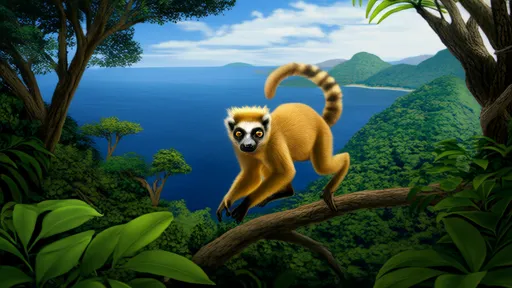
By /Jun 10, 2025
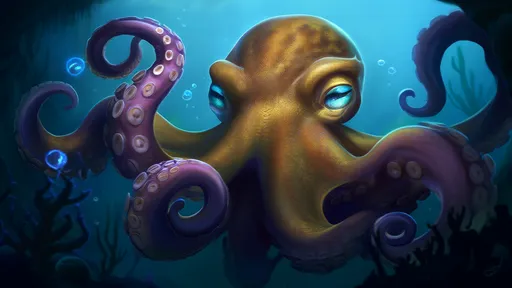
By /Jun 10, 2025
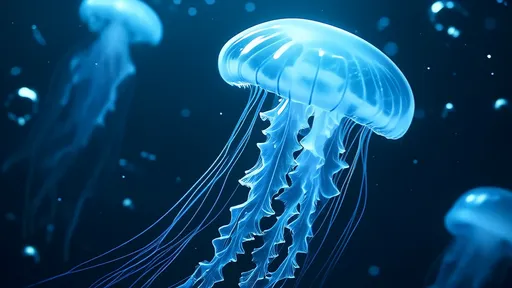
By /Jun 10, 2025
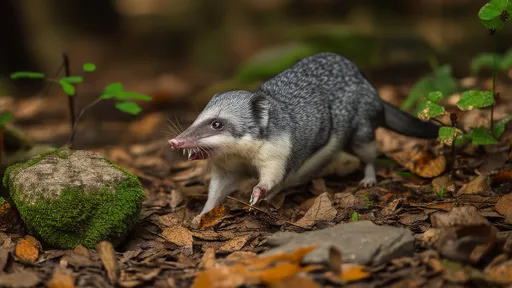
By /Jun 10, 2025
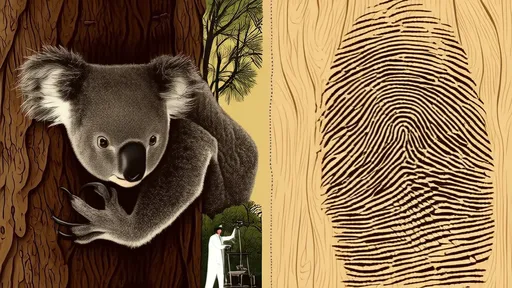
By /Jun 10, 2025
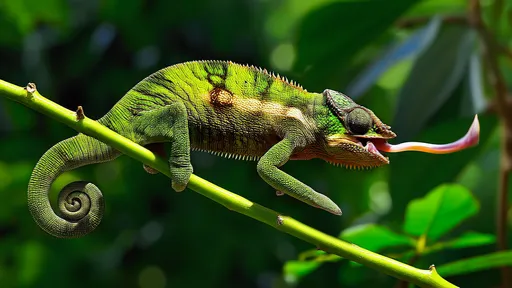
By /Jun 10, 2025
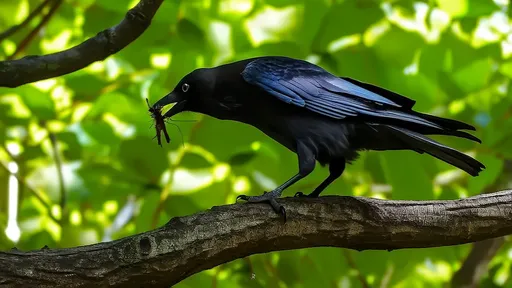
By /Jun 10, 2025
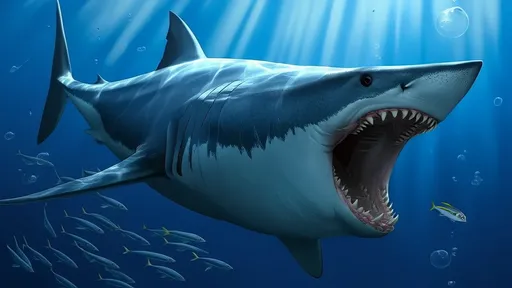
By /Jun 9, 2025
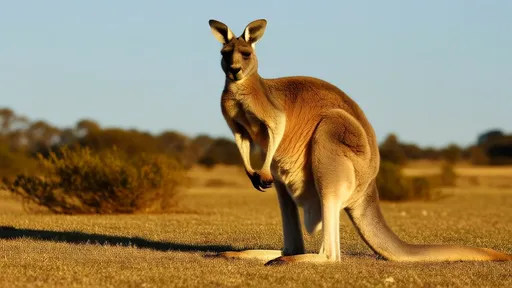
By /Jun 9, 2025
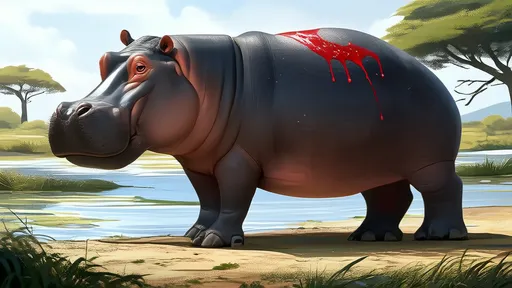
By /Jun 9, 2025
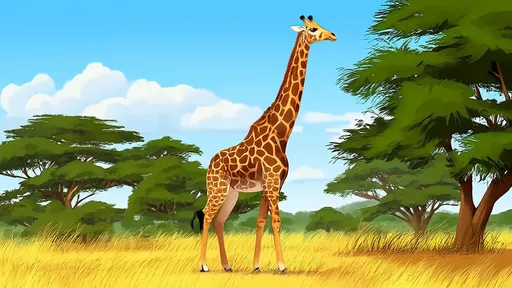
By /Jun 9, 2025
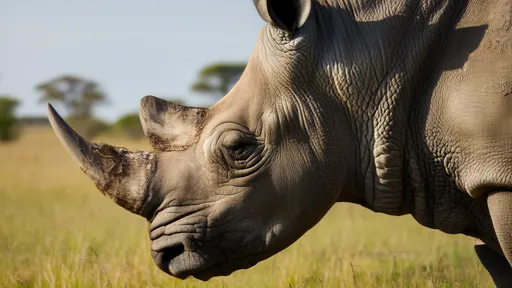
By /Jun 9, 2025
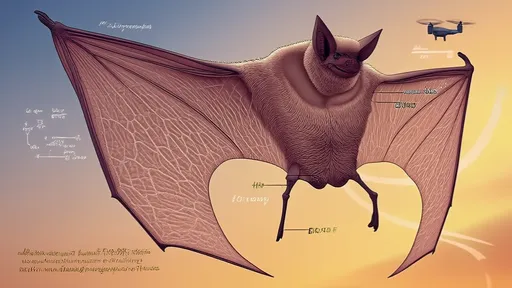
By /Jun 9, 2025
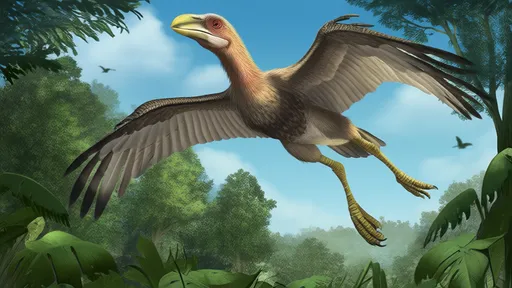
By /Jun 9, 2025
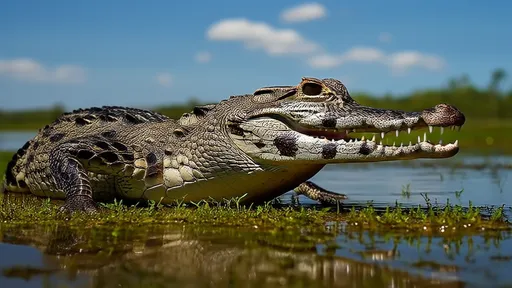
By /Jun 9, 2025

By /Jun 9, 2025
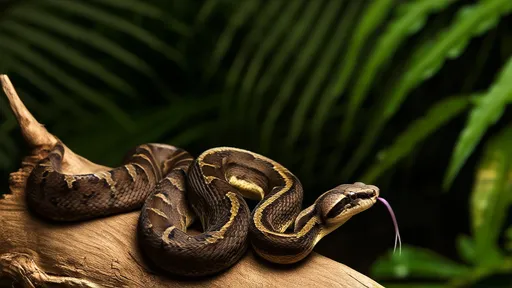
By /Jun 9, 2025
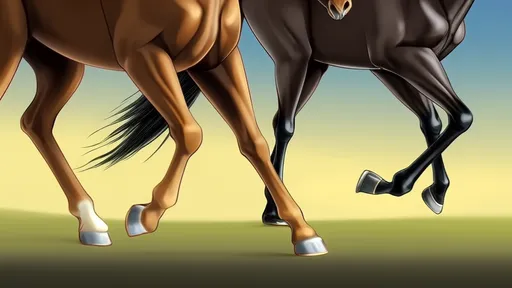
By /Jun 9, 2025
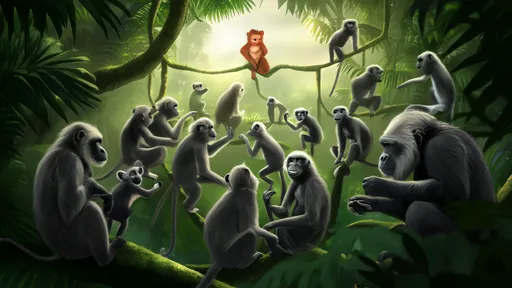
By /Jun 9, 2025
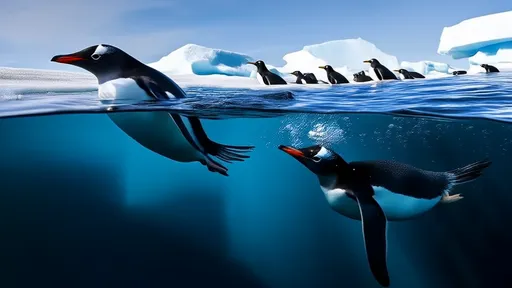
By /Jun 9, 2025